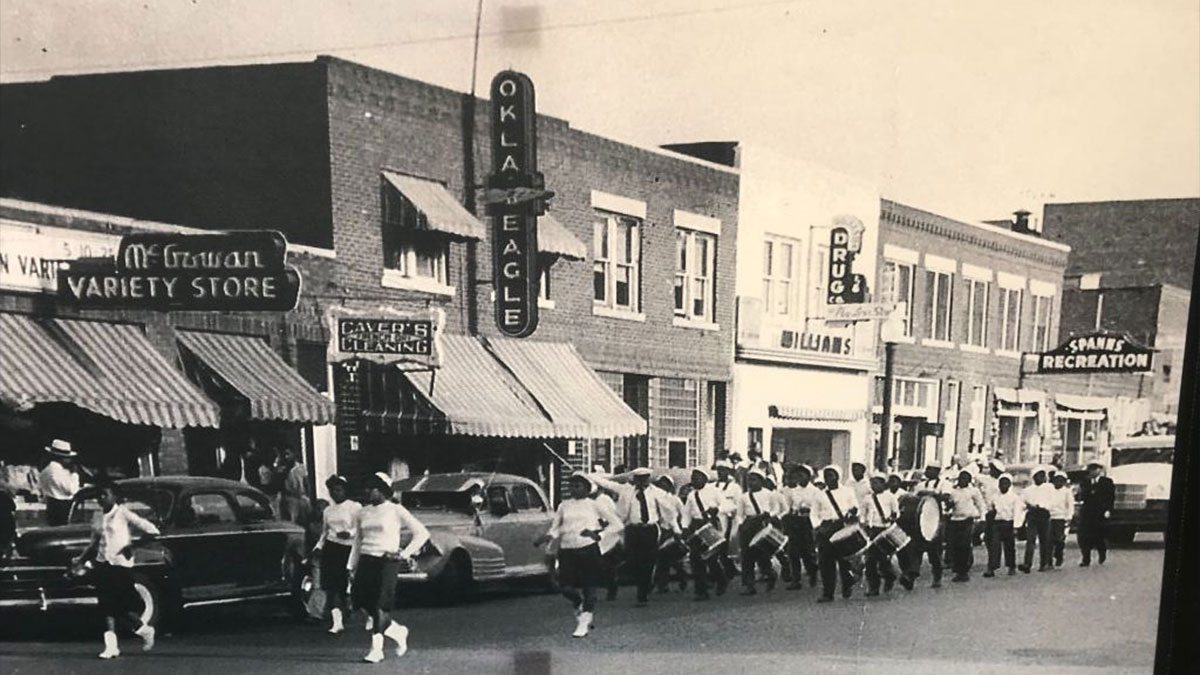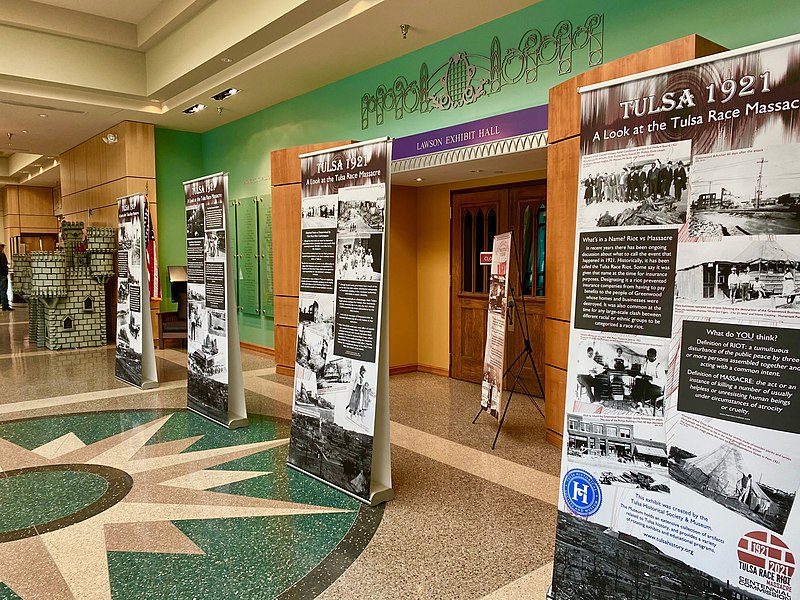Unmasking the Silence: The Untold Story of the Tulsa Race Massacre
HELLO AND WELCOME TO MY BLOG!
Greetings, dear readers! Today, we delve into an important chapter of history that sheds light on the often-overlooked events that have shaped our society. In this blog post, we explore the Tulsa Race Massacre, an incident in the Greenwood District of Tulsa, Oklahoma, in 1921.
The Greenwood District, also known as "Black Wall Street," was a thriving African American community during racial segregation and discrimination in the United States. It was a vibrant neighborhood filled with successful black-owned businesses, churches, schools, and a strong sense of community.
However, 102 years ago today, on May 31, 1921, tragedy struck. A false accusation against a young black man named Dick Rowland, accused of assaulting a white woman in an elevator, sparked tensions that would quickly escalate into chaos. A sensationalized newspaper article fueled the fire, and a mob of white residents gathered at the courthouse, demanding Rowland be handed over to them for vigilante justice.
In the evening of that fateful day, the situation spiraled out of control. Armed with guns, a white mob descended upon the Greenwood District, where the predominantly black population was going about their lives unaware of the impending danger. The mob unleashed an unprecedented wave of violence, destruction, and terror.
Homes and businesses were set ablaze, looted, and destroyed. Gunshots echoed through the streets, leaving innocent civilians, men, women, and children, in fear for their lives. Reports from that time speak of aerial bombings and using kerosene-soaked balls of cotton dropped from planes, intensifying the devastation on the ground.
The chaos continued for over 24 hours, with the local authorities failing to intervene effectively. It is estimated that as many as 300 African Americans lost their lives in the massacre, though the exact number remains unknown. Thousands were left homeless, and their once-thriving community was reduced to ashes and ruins.
In the aftermath, the story of the Tulsa Race Massacre was primarily suppressed and ignored for decades. Few mainstream history books covered the event, and survivors were silenced. However, in recent years, efforts have been made to bring this tragic episode to the forefront of public consciousness.
The Tulsa Race Massacre serves as a stark reminder of the deep-rooted racial tensions and systemic racism that have plagued our nation's history. It highlights the need for acknowledgment, healing, and continued efforts toward racial equality and justice.
Today, the Greenwood District stands as a symbol of resilience and the ongoing struggle for racial justice. Efforts to rebuild and revitalize the community have gained momentum, honoring the legacy of those who were lost and restoring the once-thriving Black Wall Street.
As we reflect on the Tulsa Race Massacre, let us strive to learn from our history, acknowledge the pain and suffering endured, and work towards a more inclusive and equitable future for all.
Thank you for joining us on this journey through history. Stay tuned for more engaging tales that shape our world. Warm regards.
Oh, by the way, Just wanted to remind you that in addition to my history blog, I also have another blog dedicated to the amazing stories and facts from aviation. It's called aviationisamazing.blogspot.com, and it's packed with interesting facts from the past and nowadays. If you're a fan of learning about aviation in a fun and engaging way, then be sure to check it out! Who knows, you might just learn something new, or at least have a good laugh. Let me know in the comments if you're interested in hearing more!







.jpg/1920px-Panorama_of_the_ruined_area_tulsa_race_riots_(retouched).jpg)



thanks wise man.( ◜‿◝ )♡ We improve ourselves thanks to the information you give us
ReplyDelete